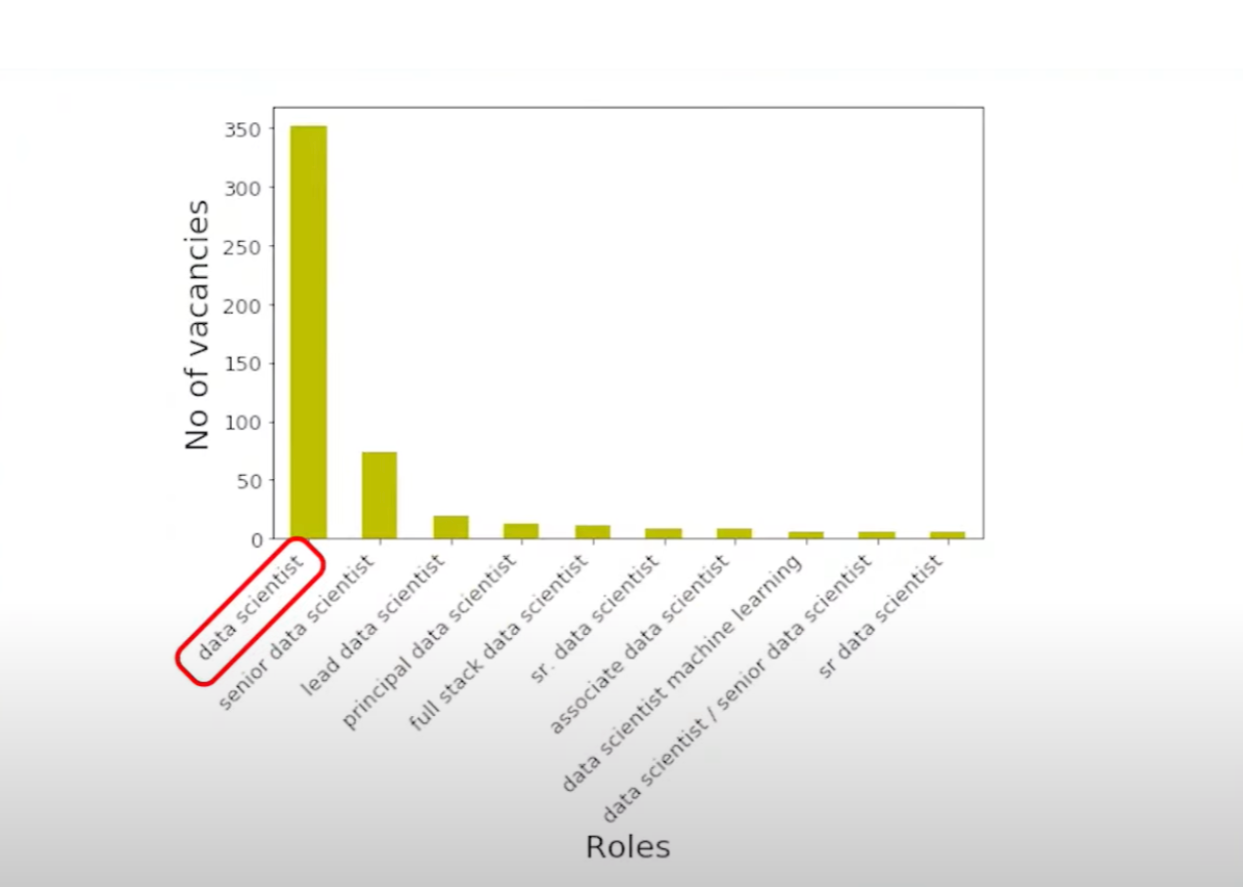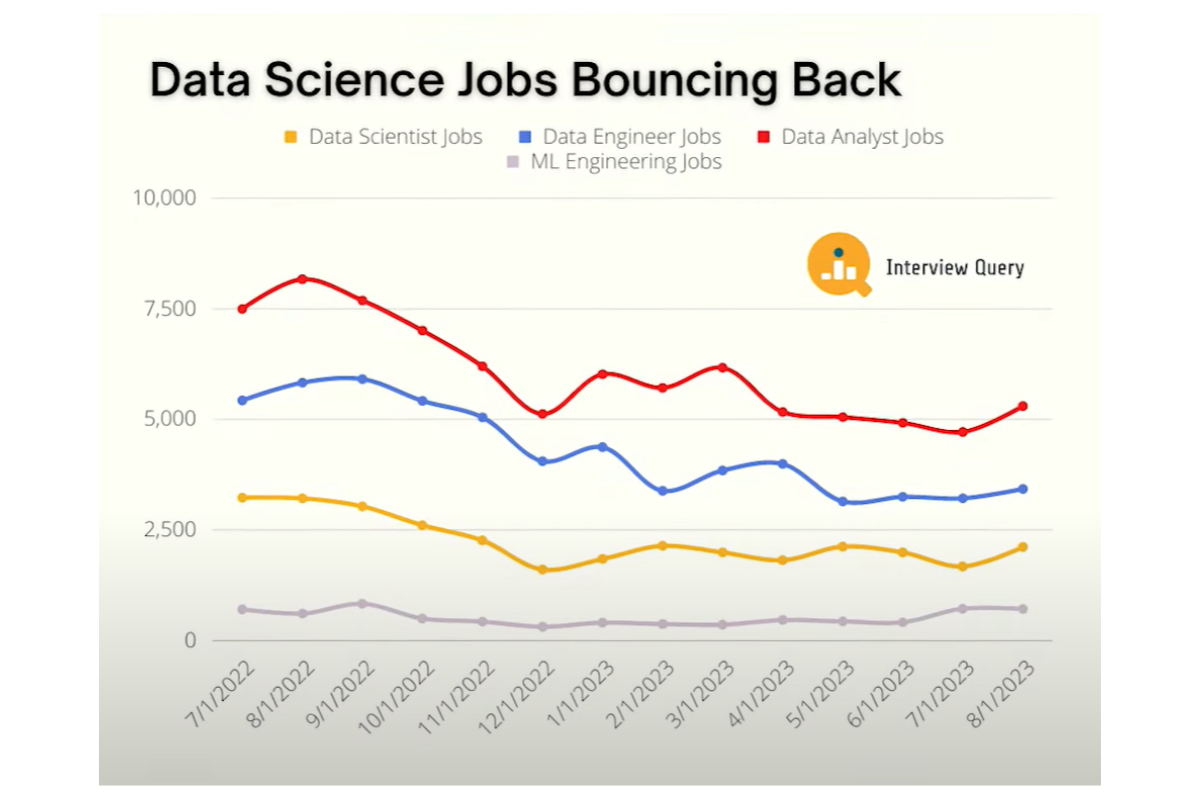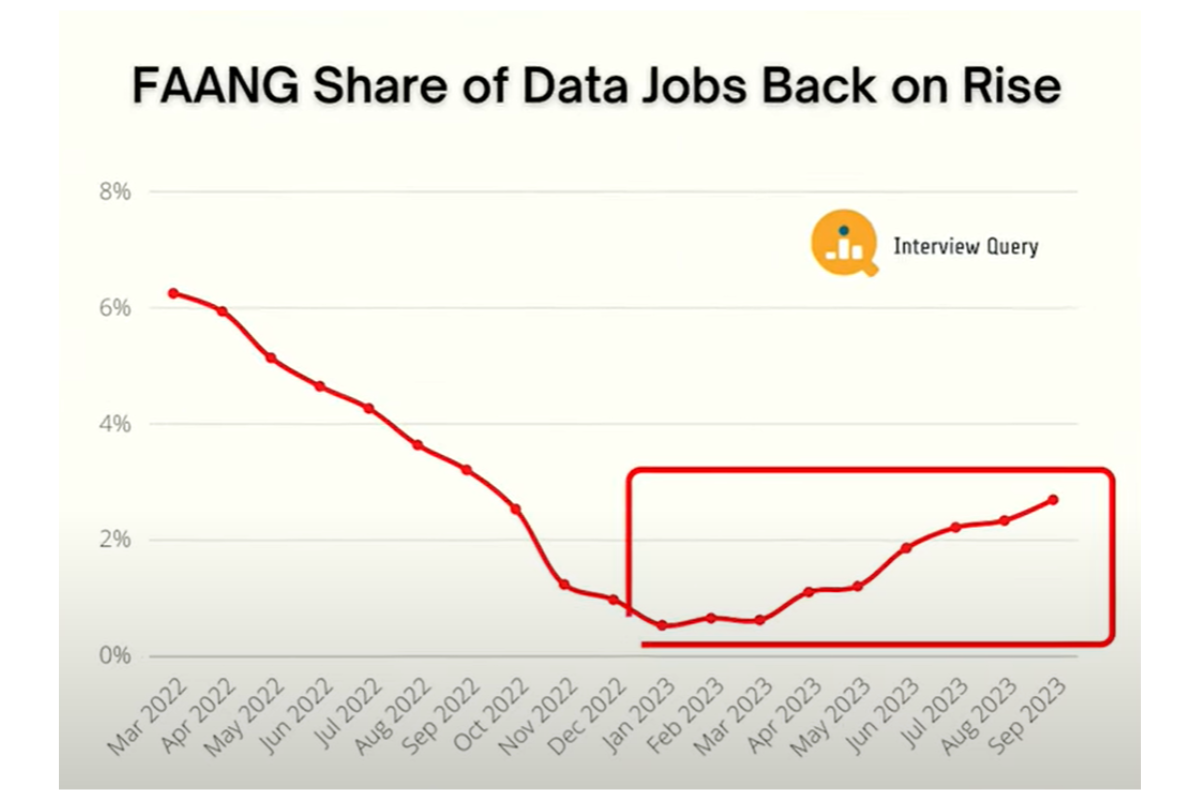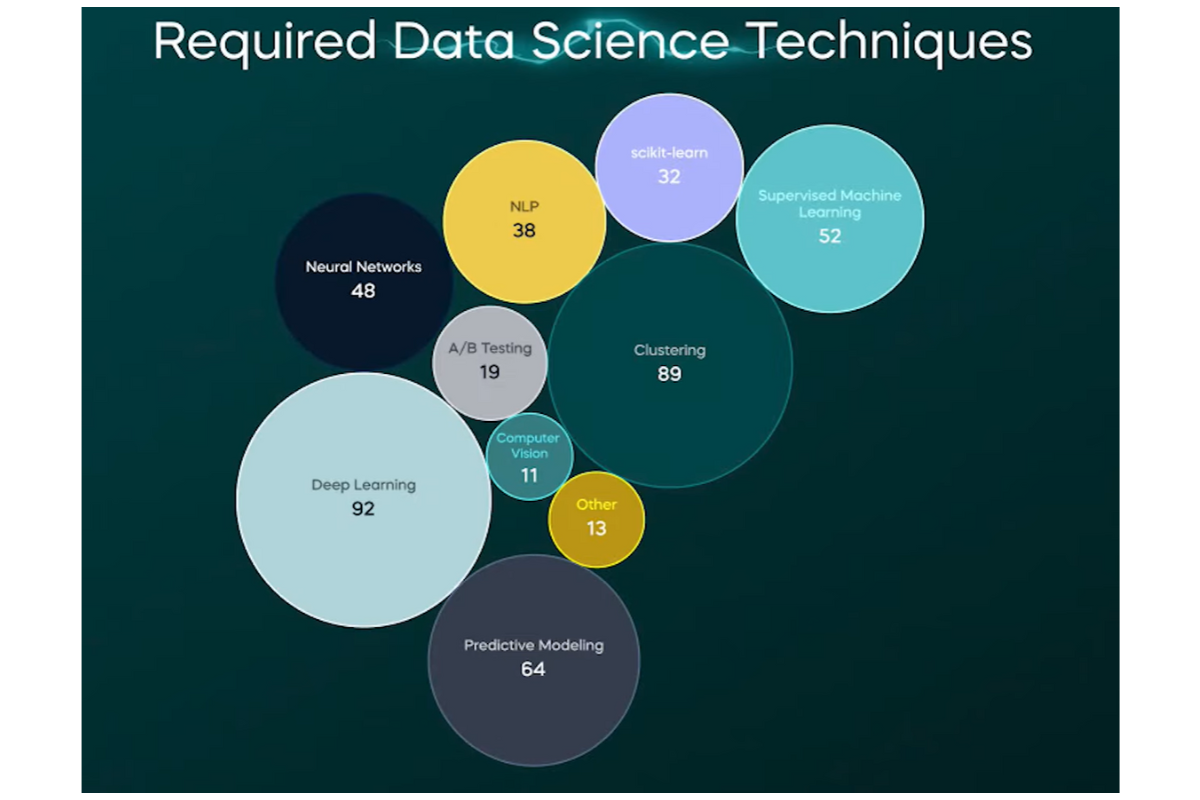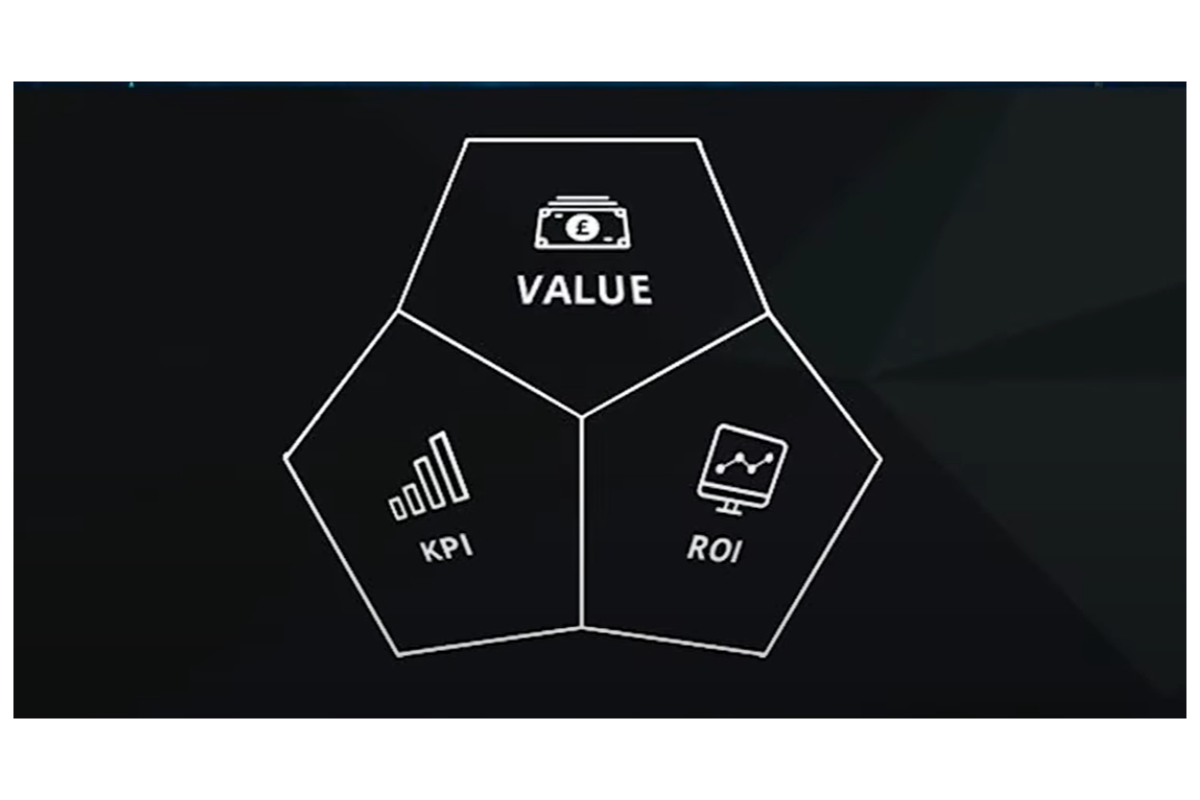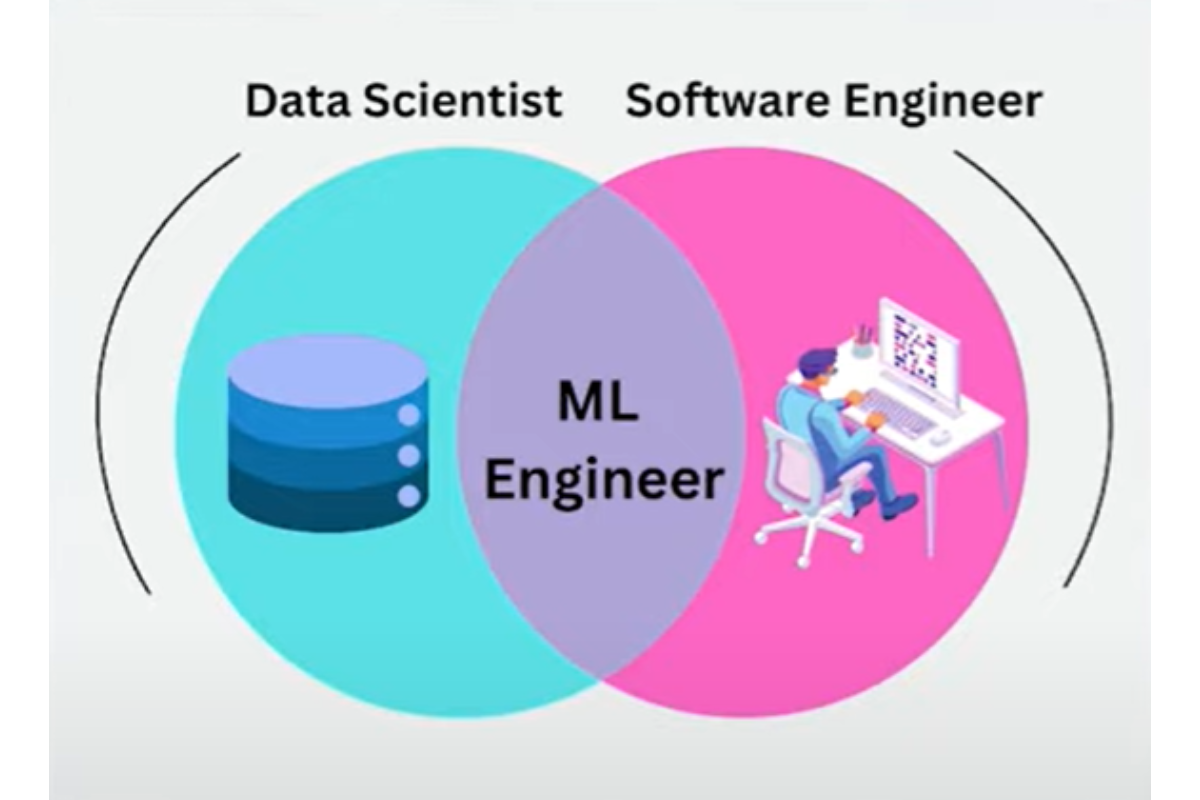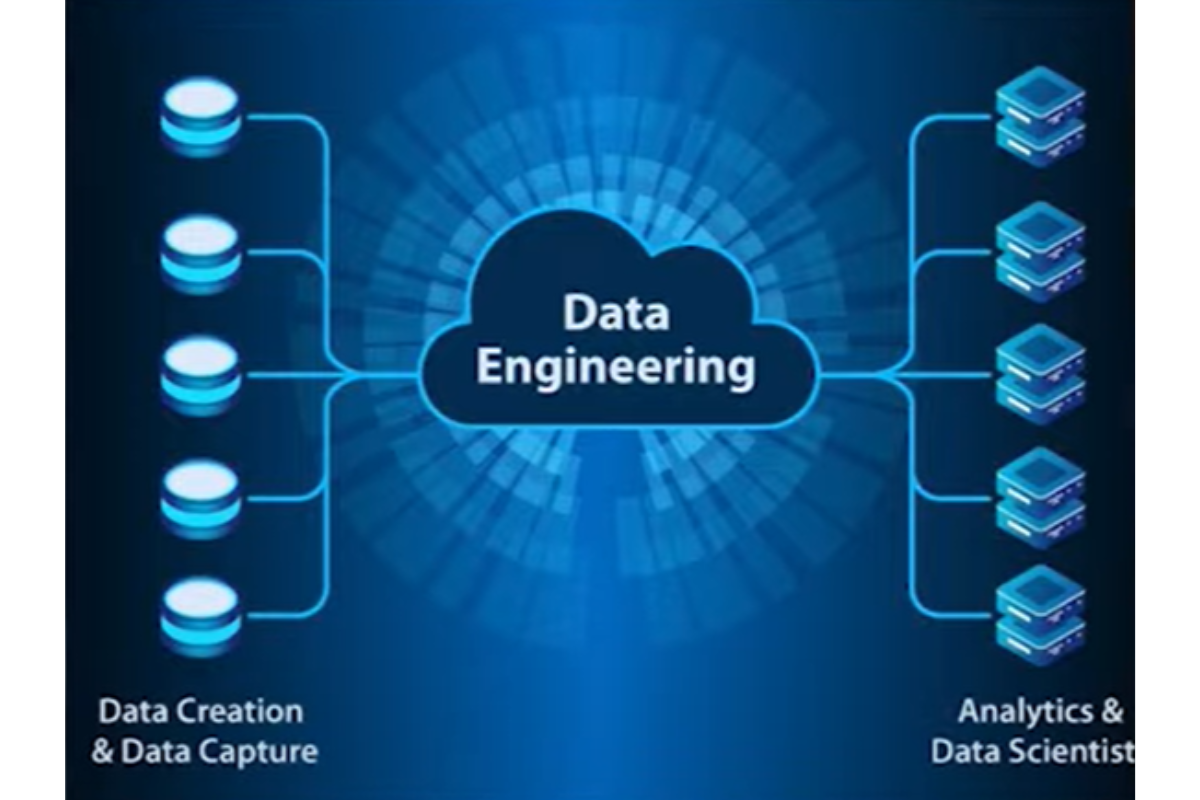Blog Archive
التسميات
I've been in crypto for years now, I saw it all — the highs, the lows, and the memes. I worked as a designer for two crypto startups in 2022 and even became a journalist for Forbes. I've been invited to attend to multiple crypto conferences all over the world including New York, Paris, and Switzerland. Last year, I even had the opportunity to speak at an event in Davos during the World Economic Forum. The same event where former Binance CEO Changpeng Zao was also a speaker. It's insane to think that this guy is now facing 18 months in prison. One minute, you're listening to him speak about the future of crypto. Next minute, he's a criminal. Remember that not so long ago, it was Sam Bankman-Fried. Before that, Do Kwon. And many more. How can people trust crypto again when the so called crypto leaders are getting arrested one after another, and others simply disappear? The vibe is just different today. Charts are flatlining. Emperor's new clothes. It's Delulu ...
The Rise of Edge Computing: Revolutionizing Data Processing : Unleashing the Power of Data Edge
Edge computing is revolutionizing data processing by enabling real-time analysis and reducing latency. This technological advancement has brought data processing closer to the source, resulting in faster and more efficient data handling. With edge computing, organizations are able to process data at the edge of the network, reducing the need for sending vast amounts of data to centralized servers. This has significant implications for industries such as healthcare, manufacturing, and autonomous vehicles, where real-time data analysis and low latency are crucial. Edge computing is set to transform the way we process and analyze data, opening up new possibilities for innovation and efficiency in various sectors. Credit: medium.com Introduction To Edge Computing Revolutionizing data processing, edge computing is transforming the way we handle information. With its ability to process data closer to its source, this technology i...
$826M will connect Coloradans with high-speed internet, including La Plata County
A horizontal directional drilling machine installs fiber-optic conduit in July 2023 near the Elmore’s Corner intersection. (Jerry McBride/Durango Herald file) While 91% of locations across Colorado have broadband – high-speed internet defined by a certain threshold by the Federal Communications Commission – the service is available at only 74% of locations in La Plata, according to data from the Colorado Broadband Office. Newly approved funding from the National Telecommunications and Information Administration will kick-start new projects across the state to change that. The funding comes from the Broadband Equity, Access, and Deployment or BEAD program, which includes over $826 million to be used across Colorado. Launched under the NTIA with the passage of the Bipartisan Infrastructure Act in November 2021, the BEAD program requires states to submit action plans and proposals detailing locations and projects to provide broadband access to rural and tribal communities. The fundi...
